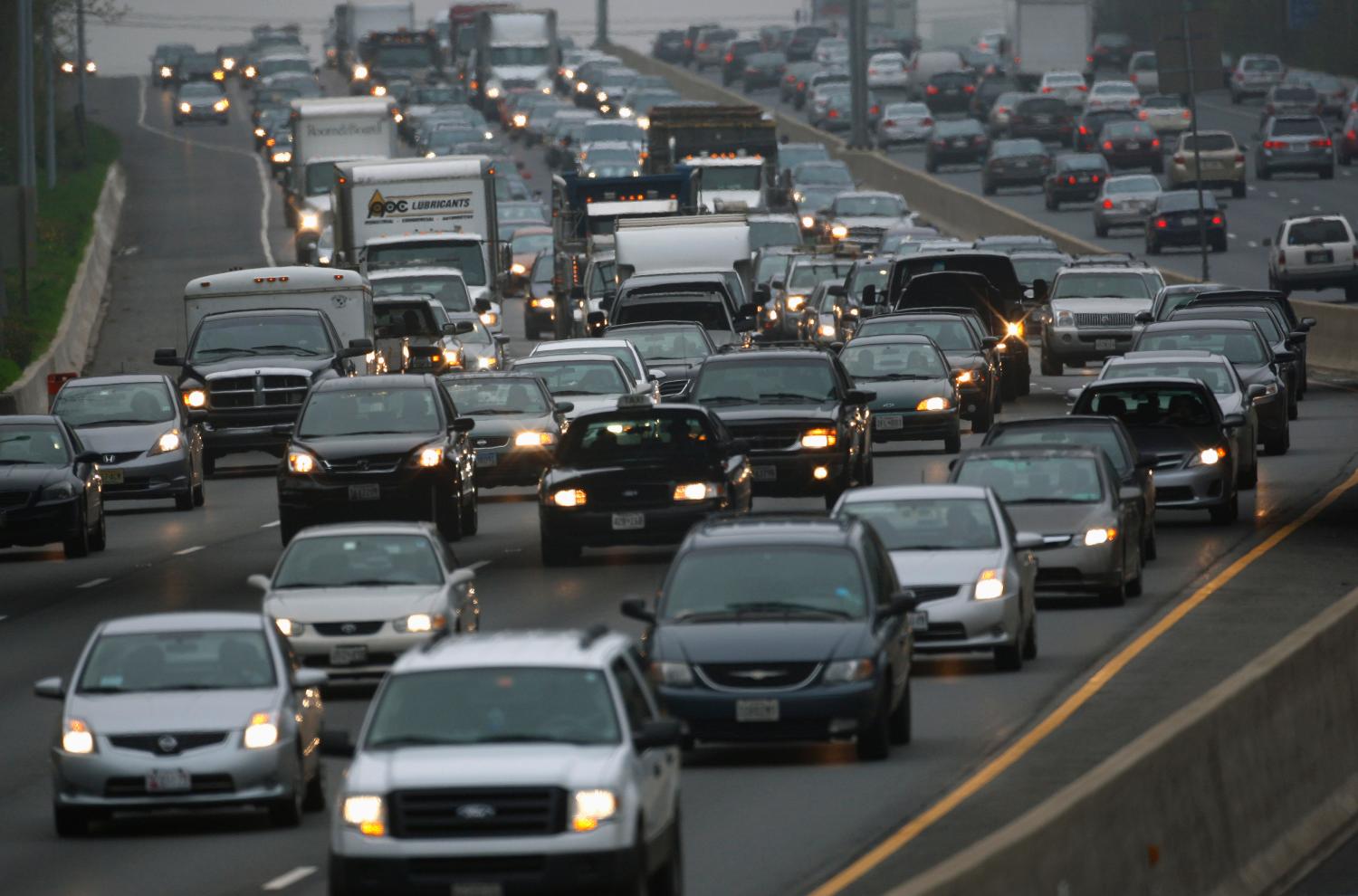As policymakers and regional leaders work to grow jobs and connect residents to economic opportunity following the Great Recession, where jobs locate matters. The location of employment within a metro area intersects with a range of policy issues—from transportation to workforce development to regional innovation—that affect a region’s long-term health, prosperity, and social inclusion.
Job Sprawl in 100 Largest Metropolitan Areas, 2010
Share of jobs 10-35 miles from a central business district
Click a metro area to view its detailed profile (PDF)
Metro Area
Share of jobs 10-35 mi from central business district:
Jobs
Click for metro profile (PDF)
An analysis of the location of private-sector employment within 35 miles of a downtown in the nation’s 100 largest metropolitan areas from 2007 to 2010, and across the 2000s, finds:
Steep employment losses following the Great Recession stalled the steady decentralization of jobs that characterized the early to mid-2000s. After dropping 2 percentage points from 2000 to 2007, the share of metropolitan jobs within 3 miles of downtown stabilized from 2007 to 2010. However, by 2010 nearly twice the share of jobs was located at least 10 miles away from downtown (43 percent) as within 3 miles of downtown (23 percent).
Job losses in industries hit hardest by the downturn, including construction and manufacturing, helped check employment decentralization in the late 2000s. Together, construction, manufacturing, and retail—each among the most decentralized of major industries—accounted for almost 60 percent of all job losses between 2007 and 2010, with half of those losses occurring at least 10 miles from downtown.
In all but nine of the 100 largest metro areas, the share of jobs located within three miles of downtown declined during the 2000s. Only Washington, D.C. experienced an increase in both the number and share of jobs located in the urban core during the 2000s. At the same time, the share of jobs at least 10 miles from downtown rose in 85 regions between 2000 and 2010.
A metro area’s total employment, and policy and planning decisions around land use, economic development, and zoning, help shape the location of its jobs. Employment is more decentralized in metro areas with at least 500,000 jobs. But even large metro areas with high degrees of job decentralization like Chicago and Detroit concentrate many of their jobs in dense locations outside the urban core.
In the wake of the Great Recession, policymakers and regional leaders have the opportunity to make strategic decisions about how they will pursue metropolitan growth. If the next period of economic expansion reinforces low-density, diffuse growth in metropolitan America, it will be that much harder for metro areas to achieve sustainable and inclusive growth over the long term.
The Brookings Institution is committed to quality, independence, and impact.
We are supported by a diverse array of funders. In line with our values and policies, each Brookings publication represents the sole views of its author(s).




